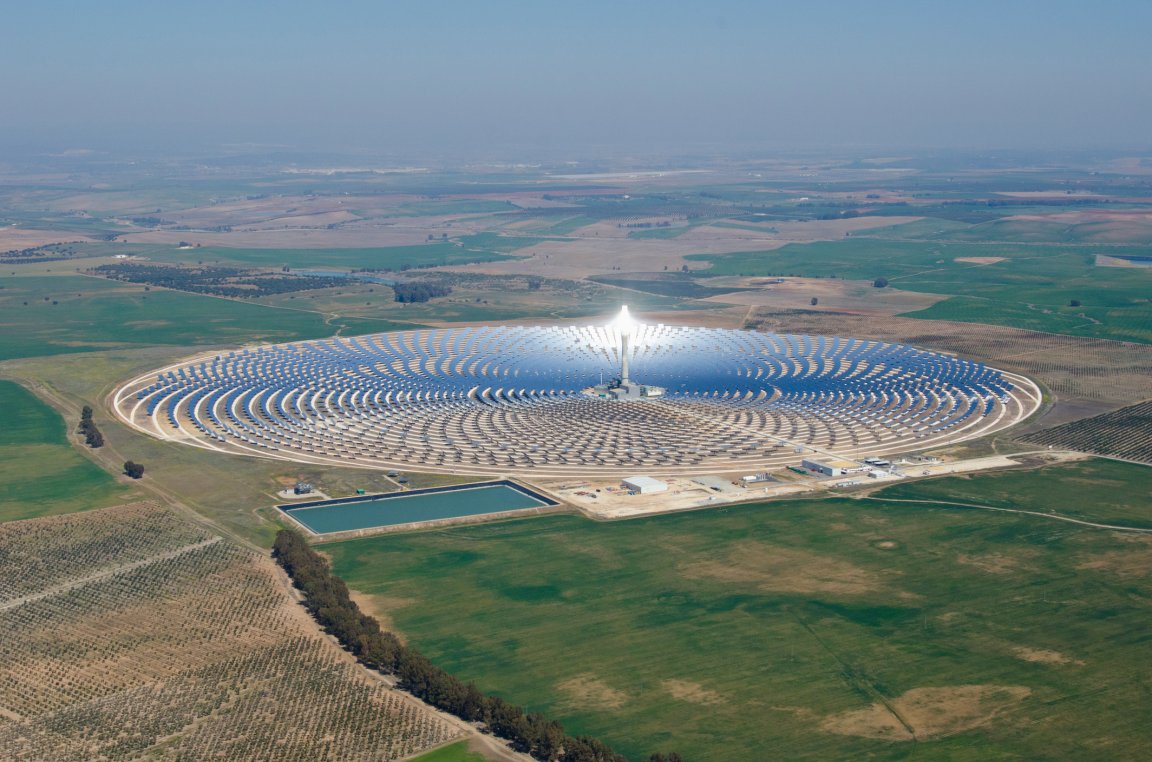
Sunny Forecast
Solar energy has been on the rise, and based on new data from GTM Research, it could rival nuclear energy in terms of global capacity by the end of 2017.
The data, which is available in the most recent edition of Global Solar Demand Monitor, indicates that solar power will reach a capacity of roughly 390 gigawatts this year. Meanwhile, the latest figures from the Nuclear Energy Institute suggest that the world is currently home to 391.5 gigawatts of nuclear plants.

Solar growth is slowing slightly — following a massive jump from 50.3 gigawatts added in 2015 to 77.8 gigawatts added in 2016, 81.1 gigawatts will likely be added in 2017. However, GTM Research expects that growth will continue at a steady rate, with total global capacity reaching 871 gigawatts by 2022.
Capacity is just one piece of the puzzle, though. Nuclear energy is still well ahead of solar in terms of electricity generated, outputting 2,476,671 gigawatt-hours compared to solar’s 375,000. That being said, the International Energy Agency projects that solar could feasibly become the world’s largest source of energy by 2050 due to its falling cost and increasing convenience.
Switching to Solar
Solar energy can help us reduce our reliance on fossil fuels, which we desperately need to do as our net emission of 37 gigatonnes of CO₂ per year are wreaking havoc on the planet, causing global warming, extreme weather events, and millions of deaths.
Building solar panels has become much more cost-effective in recent years, which has fostered large-scale solar initiatives all over the world. Now, with Tesla’s solar roof panels set to provide homeowners with an inexpensive, aesthetically pleasing, and convenient way to take advantage of solar on an individual basis, the technology seems more poised than ever before for energy domination.